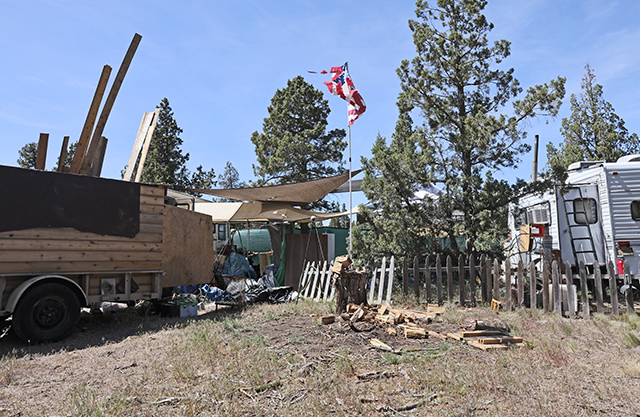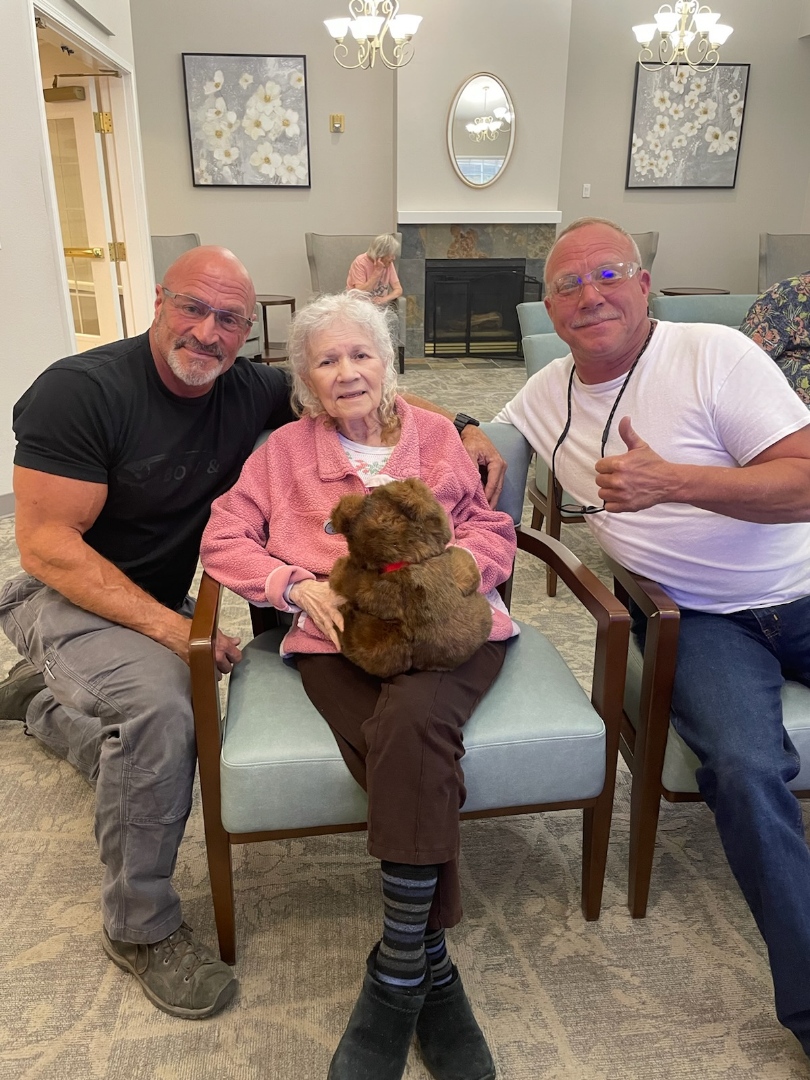Why vegetables sometimes make sparks in the microwave
Published 5:00 am Tuesday, July 9, 2013
Q: Why do some vegetables, such as cooked diced carrots, spark when I reheat them in the microwave?
A: Microwaves work by sending out electromagnetic waves that vibrate the water, fat and sugar molecules in food, creating heat. The microwave generates an electric field, but the intensity of the electricity varies throughout the microwave. When you cut a carrot into small pieces and heat them in the electric field, or when you put multiple pieces of almost any dense, mineral-rich food in the electric field, the pieces will develop different individual charges, and that will sometimes cause sparks between the pieces — like a static charge when you touch your doorknob, says Mark Morgan, a professor of food engineering at Purdue University. Some evidence also suggests that minerals imparted to vegetables from soil create a more favorable environment for charges to occur. Chopping vegetables into small pieces and heating them close together increases the likelihood of sparks. The sparks don’t harm the food, but they do prevent it from heating thoroughly and may leave a burned taste or black mark. If a sparking food is very dry, it can catch fire in the microwave, so turn it off as soon as you notice a problem.
Organizing recipes
Q: What is the best way to organize my recipes — a binder, a recipe box or a computer program?
A: There is more than one right way to organize your recipes, and the “best” way is determined by your personal preference. The key to organizing recipes is to first decide on a system that makes it easy for you to retrieve them, such as a box or binder. More tech-savvy recipe collectors might scan recipe cards and clippings into a computer and then create a database. You could use free programs such as Dropbox (dropbox.com) or Google Docs (docs.google.com), which let you save and access your date from most gadgets with an Internet connection.
Regardless of the system you decide to use, it helps to divide the recipes into categories that make the most sense to you. For example, you might have a collection of the basics, such as hors d’oeuvres, soups, vegetables, poultry and desserts, along with other categories of recipes that you make the most: sandwiches, kids’ meals, great buffet dishes. For physical systems such as recipe cards or binders, it might also be helpful to color-code the categories.
Be sure to keep your recipe collection clean and protected from food spatters and grease. It’s a good idea to laminate your recipe cards or keep clippings in sheet protectors so you can easily wipe away messes. And keep tablets and laptops away from liquids to avoid costly accidents.
Removing pollen stains
Q: How do I remove orange pollen stains from my tablecloth?
A: The two most common types of stains are wet-side, or water-based, and dry-side, or plastic-, grease- or oil-based. Wet-side stains, such as ones from juice and milk, can be removed by laundering. So-called dry-side stains, such as those caused by olive oil, need a solvent to help lift the stain. Pollen creates a combination wet-side and dry-side stain, so a simple water solution won’t do the trick. That said, you probably already have everything you need to treat it at home.
For fabric tablecloths, whether cotton, linen, polyester or another material, first use adhesive tape or a vacuum fitted with a hose attachment to draw out the pollen. Take care not to brush it, or you’ll rub it in, making it harder to remove. Next, apply a combination solvent, such as Resolve Spray ‘n Wash. For a DIY approach, mix your own tannin solution to pretreat: a half teaspoon of liquid laundry detergent with a quarter cup each of white vinegar and cool water, says Wayne Edelman, president of Meurice Garment Care, in New York City. After spraying the stain, gently brush it with a toothbrush. Then launder the tablecloth as you normally would. A long cycle and hot water work best.
If the fabric is vintage or delicate, pretreat the stain as above, and then wash it by hand or in a machine on the gentle cycle. If the stain remains, bring the tablecloth to a professional dry cleaner.






